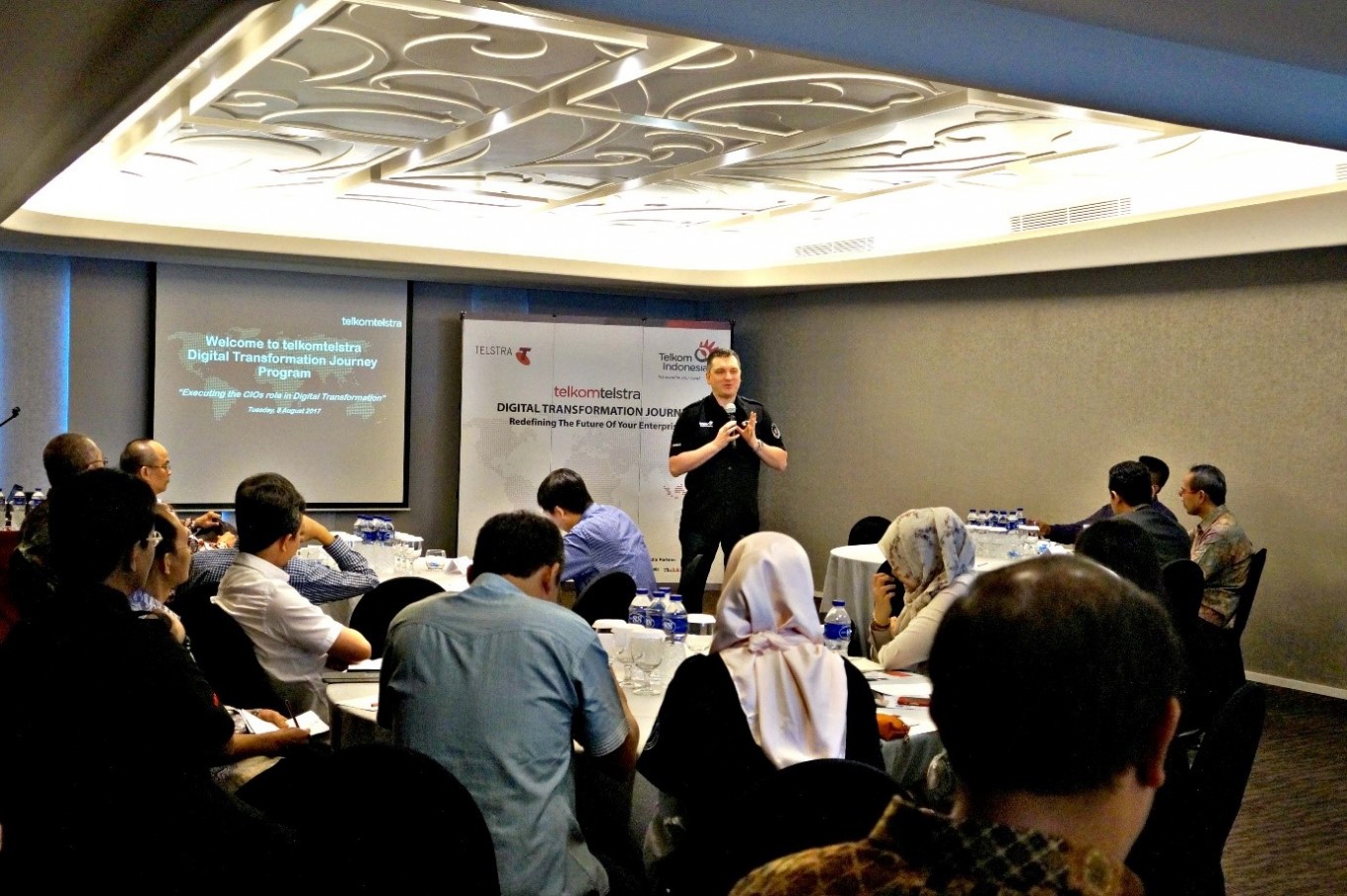Asia’s population boom presents big business opportunities for Australian manufacturing
Global growth through Asia
Asia’s middle class is experiencing explosive growth, according to a new report compiled by Telstra and the CSIRO.
Make for Asia identifies five megatrends shaping the demand and supply of manufactured goods. Since 2009, a dramatic demographic and economic shift has unfolded in the region, and it’s predicted it will soon become home for the majority of the world’s middle-class consumers.
The statistics alone are overwhelming – some 3.2 billion people, or 68 percent of the world’s middle class consumption, are expected to reside in Asia by 2030.
“The great news for manufacturers is that they are perfectly positioned to move up the value chain”
As this massive population becomes wealthier, it will drive demand for safe, responsibly produced goods such as clean, safe, high-nutrient foods, and high-quality, personalised manufactured products.
All this is happening against a backdrop of significant technological advances which not only make it possible to form closer ties with global markets and suppliers, but also to create production systems which are highly responsive to consumers.
“Australian manufacturing is seeing a massive ‘mega-niche’ market develop in its own backyard,” says Charlie Macdonald, Industry Executive, Manufacturing Transport and Logistics for Telstra. “This is opening up huge opportunities for sophisticated manufacturers that can offer products from a well-regulated, highly skilled market with high levels of integrity in their supply chain.”
IDEA IN BRIEF
By 2030 the majority of the world’s middle class will reside in Asia, creating huge new markets on Australia’s doorstep.
- There are significant opportunities for manufacturers in the areas of collaborating, resource-efficient manufacturing, business model innovation and connected manufacturing.
- Traditional industry burdens have become strengths, as Asian consumers seek products from highly regulated markets.
Identifying the opportunities
There are a number of cultural and demographic trends which will work in favour of Australian manufacturers, the report states. These include a strong middle-class preference for imported products, especially food, a healthy ongoing demand for primary mining equipment and technology, and a steadily aging population. These trends clearly create opportunities for manufacturers in sectors such as healthcare, mining technology, the food and beverage sector, and services associated with manufacturing.
The report also identifies four broad opportunities where manufacturers can use technology to boost their presence in Asian markets, by improving levels of connectivity with customers and suppliers, and boosting efficiencies generally.
1. Resource-efficient manufacturing
Australian manufacturers will benefit from embracing opportunities for mass customisation and emerging technologies such as 3D printing, Macdonald says.
Describing it as the antithesis of Henry Ford’s mass production, Macdonald says mass customisation requires a high level of customer engagement and agility in the manufacturing process.
“What we’re seeing is the servitisation of manufacturing, where consumers can pick the colour and style of their products and create something truly unique.”
2. Business model innovation
Another opportunity identified by the research lies in dedicating resources towards business model innovation to focus on these emerging mega-niches, rather than attempting to compete as a high-volume, low-cost producer.
Investment in R&D is already a strong trend, according to the Manufacturing Workforce Study 2014, compiled by the Australian Workforce Productivity Agency. The research shows that manufacturing employs 8.1 percent of the workforce, accounts for 6.6 percent of GDP, but also accounts for just under 25 percent of business expenditure on R&D.
“Australian manufacturers already invest proportionally more than other sectors in research and development and this leaves them well positioned to take advantage of new opportunities as they emerge,” says Macdonald.
“The great news for manufacturers is that they are perfectly positioned to move up the value chain.”
3. Industry collaboration
There is a significant opportunity to improve the efficiency of the Australian manufacturing sector overall, and to increase the amount of business it does into Asia, through increased levels of collaboration.
“The Australian manufacturing sector is in a position to work more closely together to position itself as an innovative producer,” says Macdonald. “It’s not just about making better widgets, it’s about promoting a supply chain with a high level of integrity which produces products of the highest possible standard.”
According to the report the entire manufacturing sector could benefit from a boosted reputation for responsiveness and quality throughout Asia, because it will enable Australian manufacturing generally to become associated with high-quality goods and service.
4. Connected manufacturing
The fourth opportunity identified by the report combines advancements in technology and connectivity, leading to the increased availability of low-cost intelligent robotics, automation, sensors and data-analytics.
“Thanks to fast secure networks it has become easier to work more closely on research and development projects to shorten production time frames and become more responsive to customers”
“Australia will never be a high- volume, low-cost producer, which is why it’s so important to take advantage of the technologies which currently exist and develop new innovative processes around them,” says Macdonald.
The unique opportunity for Australian manufacturers, according to Macdonald, lies in them being able to leverage aspects of the local economy which have traditionally been seen as burdens, such as high levels of regulation and quality control.
“An expanding Asian middle class is looking for exactly what Australia offers – a transparent supply chain, high-quality products and regulated markets,” says Macdonald.
“These are all strengths when it comes to developing new markets on our doorstep. We believe that businesses that are able ot collaborate and innovate will be the ones that can leverage this huge opportunity and Make For Asia”
[ninja_form id=13]


